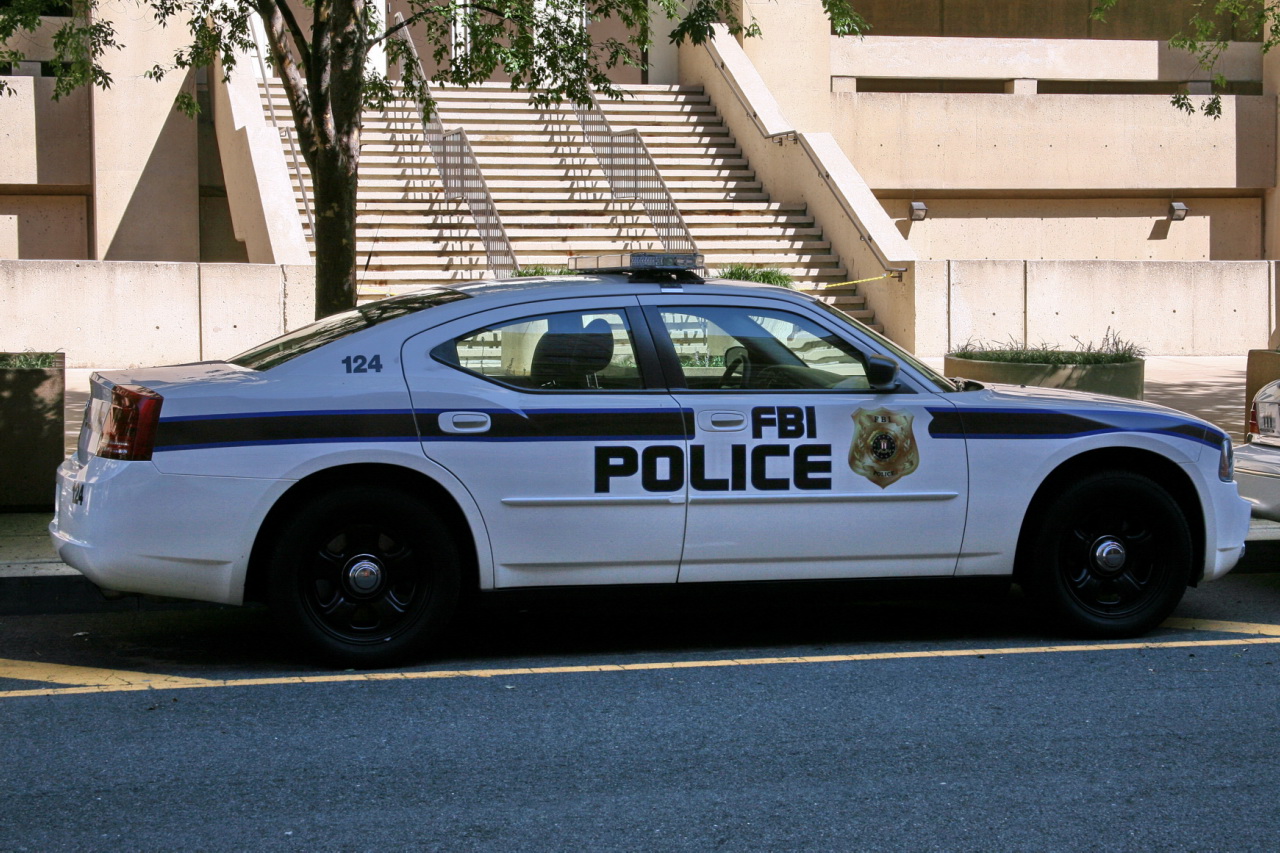United States federal building security on:
[Wikipedia]
[Google]
[Amazon]
 United States federal building security refers to the security of federal government installations in the
United States federal building security refers to the security of federal government installations in the
 United States federal building security refers to the security of federal government installations in the
United States federal building security refers to the security of federal government installations in the United States
The United States of America (U.S.A. or USA), commonly known as the United States (U.S. or US) or America, is a country Continental United States, primarily located in North America. It consists of 50 U.S. state, states, a Washington, D.C., ...
. A variety of measures are undertaken to make the buildings safer, while preserving an open architecture consistent with democratic governance. This includes glass glazing to reduce the potential for injuries from shattering glass; greater standoff distances implemented by preventing unscreened traffic from approaching within a certain distance of the building; and measures to prevent progressive collapse of buildings.
Security levels
In the wake of theOklahoma City bombing
The Oklahoma City bombing was a domestic terrorist truck bombing of the Alfred P. Murrah Federal Building in Oklahoma City, Oklahoma, United States, on April 19, 1995. Perpetrated by two anti-government extremists, Timothy McVeigh and T ...
in 1995, the government classified all buildings into five security levels and established minimum security requirements for them.https://www.gpo.gov/fdsys/pkg/GAOREPORTS-T-GGD-98-141/pdf/GAOREPORTS-T-GGD-98-141.pdf
Level V
These buildings contain mission functions critical to national security, such asthe Pentagon
The Pentagon is the headquarters building of the United States Department of Defense. It was constructed on an accelerated schedule during World War II. As a symbol of the U.S. military, the phrase ''The Pentagon'' is often used as a metony ...
, CIA Headquarters
The George Bush Center for Intelligence is the headquarters of the Central Intelligence Agency, located in the unincorporated community of Langley, Virginia, Langley in Fairfax County, Virginia, United States; near Washington, D.C.
The headqua ...
, and ARTCCs. A Level-V building should be similar to a Level-IV building in terms of number of employees and square footage. It should have at least the security features of a Level-IV building. The missions of Level-V buildings require that tenant agencies secure the site according to their own requirements.
Level IV
This type of building has 450 or more federal employees; high volume of public contact; more than of space; and tenant agencies that may include high-risk law enforcement and intelligence agencies (e.g.,ATF
The Bureau of Alcohol, Tobacco, Firearms and Explosives (BATFE), commonly referred to as the ATF, is a domestic law enforcement agency within the United States Department of Justice. Its responsibilities include the investigation and preven ...
, FBI
The Federal Bureau of Investigation (FBI) is the domestic Intelligence agency, intelligence and Security agency, security service of the United States and its principal Federal law enforcement in the United States, federal law enforcement age ...
, and DEA
The Drug Enforcement Administration (DEA; ) is a United States federal law enforcement agency under the U.S. Department of Justice tasked with combating drug trafficking and distribution within the U.S. It is the lead agency for domestic en ...
), the Federal courts, and judicial offices, and highly sensitive government records.
Level III
This is a building with 151 to 450 federal employees; moderate/high volume of public contact; 80,000 to of space; and tenant agencies that may include law enforcement agencies, court/related agencies and functions, and government records and archives. (According to GSA, at the request of the Judiciary, GSA changed the designation of a number of buildings housing agencies with court and court-related functions from Level III to Level IV.)Level II
This type of building has 11 to 150 federal employees; moderate volume of public contact; 2,500 to of space; and federal activities that are routine in nature, similar to commercial activities.Level I
This type of building has 10 or fewer federal employees; low volume of public contact or contact with only a small segment of the population; and 2,500 or less square feet of space, such as a small store front type of operation. This type of building is more vulnerable to attack.References
{{reflist Security Federal government of the United States Federal building security